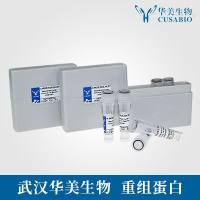Surface Modification Methods for Enhanced Device Efficacy and Function
互联网
互联网
相关产品推荐

HB Western blotting Principles and Methods
¥223

Recombinant-Mouse-Intercellular-adhesion-molecule-2Icam2Intercellular adhesion molecule 2; ICAM-2 Alternative name(s): Lymphocyte function-associated AG-1 counter-receptor CD_antigen= CD102
¥11046

TACSTD2/TACSTD2蛋白Recombinant Human Tumor-associated calcium signal transducer 2 (TACSTD2)重组蛋白Cell surface glycoprotein Trop-2 (Membrane component chromosome 1 surface marker 1) (Pancreatic carcinoma marker protein GA733-1)蛋白
¥1368

Recombinant-Rat-Bax-inhibitor-1Tmbim6Bax inhibitor 1; BI-1 Alternative name(s): Testis-enhanced gene transcript protein Transmembrane BAX inhibitor motif-containing protein 6
¥10892

Device Link云端监控设备
询价

